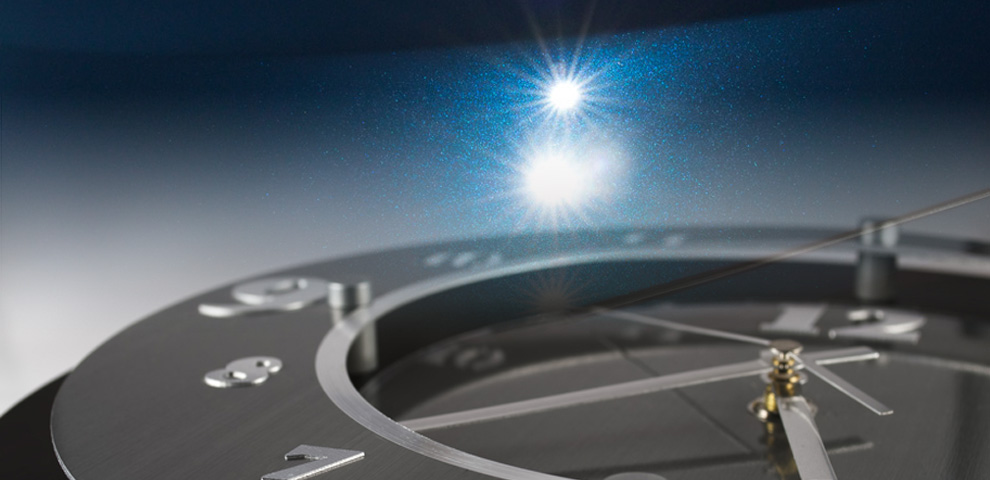Whether you’re a full-time professional, part-time enthusiast or a DIY weekend warrior, it’s always good to be as efficient as possible while still getting great results. Yes there are times where we all want to spend long hours over the weekend just waxing the car and having a drink, but other times life gets in the way and we want our baby looking its best as quickly as possible! Below I outlined a few pointers I’ve picked up over time to help me speed up various parts of the detailing process. While these are mainly oriented for individuals running a business or on a time-constrained schedule, anyone can benefit a bit by getting quicker results.
Washing
This may be common sense and something most have heard already, but when washing a vehicle always take care of the dirtiest parts first. Areas such as sideskirts, front bumper and many times lower areas in general collect a lot more dirt, salt (in winter climates like we have in Chicagoland) and general contamination than their upper, horizontal counterparts. This means that the lower, dirtier areas will require more attention and simply more work to get clean. I like to pre-treat these dirtier areas with something like P21S Total Auto Wash (TAW) and while that breaks down the dirt on those areas, I will start my wash “top to bottom” wash process with the roof. By the time I get down to the dirtier areas, a lot of the contamination is loosened and much easier to wash. I will then simply rinse off those dirtier sections, preferably with higher pressure from the nozzle or pressure washer) and continue my wash process. This tends to really speed things up as opposed to just washing normally top to bottom because you are not wasting time going over some areas that are really dirty or treating them after the wash.
Drying
One of the biggest changes I made in my drying process is utilizing the Metro Vac Sidekick Blower. I blow the general sitting water top to bottom and after every few panels, I will go back to the start and blow out excess water from crevices such as sunroof trim, antenna and mirrors. Finally, I simply go over the sections I just blow-dried with the DI Microfiber Drying Towel to pick up the few leftover water drops. This saves me time by eliminating blow drying the crevices after towel drying a well as going over sections twice when the towel gets too wet and I have to switch to a new towel. In fact, I normally only need one drying towel per car and sometimes can use that same towel for most of another car or even the whole car.
Claybar/Decontamination
When doing detail work where a claybar (or NanoSkin Autoscrub Pad) is used for decontamination, especially if polishing will follow, I like to decontaminate the paint immediately after washing. By doing so, you’re eliminating the extra drying step (after washing and after decon) and you’re also eliminating getting all the clay lube and contamination into jambs. This means that after properly washing the entire vehicle, simply grab some lubricant and decontaminate the paint as necessary. After, simply rinse it quickly and start drying.
Waxing
As simple as this may sound, follow the manufacturer instructions and don’t wax too much. What I mean by this is that if the manufacturer says to wax the entire car before removing wax, try it that way first. If they say to go section by section, in a wipe-on wipe-off method, then do it. Yes we all find ways for products to work better in certain situations, but following the manufacturers’ directions will normally provide great results in the least amount of time. If you let a wax sit for too long, it may be a huge pain to remove, sometimes taking twice the time! If you start to remove too early, waxes and sealants tend to feel very oily and smear all over the paint, again requiring more time for possibly worse results. As for don’t wax too much, it is as simple as it sounds :). Unless you find it therapeutic, waxing too often is a waste of time, product and thus money. I am big on waxing and protecting a vehicle before the previously applied coat completely disappears, but there’s a big difference in waxing every month and every two months for a wax/sealant than lasts a whole 3 months.
That’s all I have for now, but I’ll try to do a follow up article soon with some more tips and tricks I try to use on a daily basis. Hope this helps a few readers here and I’d love to see some comments with others’ tips and tricks so we can all gain some new knowledge!
